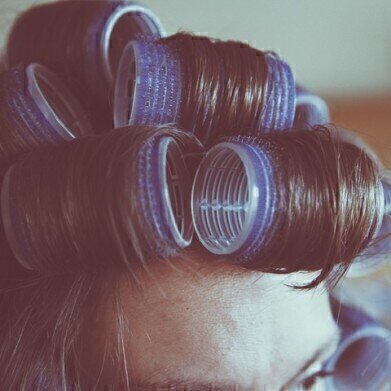LC-MS
How Does Shampoo Add Volume to Your Hair? - Chromatography Explores
Nov 23 2016
The beauty industry is huge. Despite recessions and austerity measures the industry shows no sign of slowing down with sales of around £15 billion per year and growth year-on-year — the beauty industry shifts millions of products every week.
There are many different ways to make new products for this large and competitive market. Smaller companies might use a low-cost approach and simply purchase a ready-made formulation, add some fragrance and sell it as their brand.
But other companies go a little further and formulate from scratch — even down to designing and patenting molecules designed to carry out a specific role. One such company is Living Proof in the US — and they use science and expertise from Massachusetts Institute of Technology (MIT), one of the foremost universities in the world in the fields of science and technology.
Science and beauty
Living Proof use a process of reverse engineering to develop beauty products that will add benefit to a consumer. This means thinking about what a consumer needs and working backwards to find a formula that delivers those benefits. So, no ready-made formulations here — everything is designed in-house using the knowledge and scientific expertise you would expect from a company founded by — amongst others — two biomedical professors from MIT.
The company use a methodology of starting with a stated problem and then try to solve it. They also use the latest analytical techniques to help make consistent quality products — chromatography, spectrophotometry and microscopy are used in both R&D and quality control. Demands to reduce costs and increase throughput are aspects that all businesses have to deal with — increased instrumental throughput is discussed in the article, Capillary Flow LC-MS Unites Sensitivity and Throughput.
Living Proofs formulations are confidential — but they do use patented technology, so you can be sure they are unique. OFPMA, PBAE and ETAS are three discoveries that they use to make their beauty products deliver the results that others cannot. OFPMA — octafluoropentyl methacrylate — repels both water and oils and affects how moisture moves in and out of hair fibres. This helps to keep hair clean for longer and prevents hair getting frizzy by keeping moisture out of the hair fibres.
Voluminous hair
One problem that is constantly mentioned in beauty adverts is how to add volume to your hair. Living Proof have two molecules that can help to add volume. PBAE — a poly beta-amino ester that is patented — adds thickness to hair by depositing thickening dots on hair fibres. These create space between the hair strands making the hair seem thicker.
The company has also applied for a patent on ETAS — Expandable Textured Aero Spheres — which is described as a volumizing and texturizing molecule. These air-filled spheres are sprayed onto the hair and expand — creating volume and texture in flat hair.
Unfortunately, they don’t seem to have a magic cream for baldness yet.
Events
Apr 22 2025 Kintex, South Korea
Analytica Anacon India & IndiaLabExpo
Apr 23 2025 Mumbai, India
Apr 27 2025 Portland, OR, USA
May 11 2025 Vienna, Austria
May 18 2025 Tempe. AZ, USA












